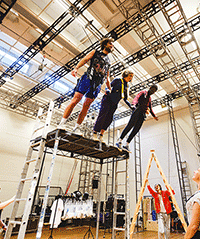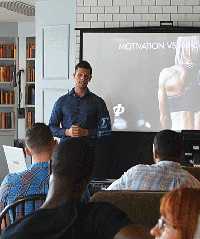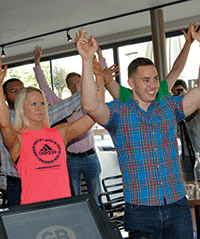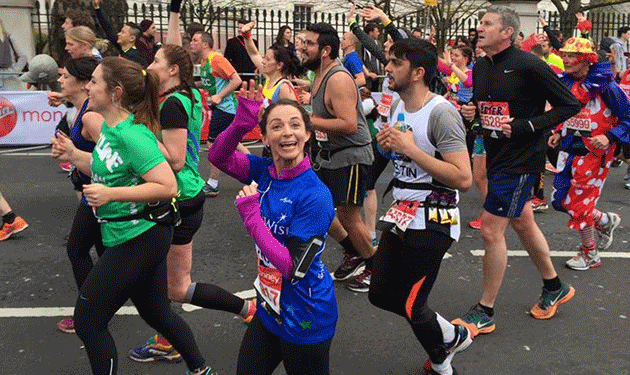
Marathon training season is now upon us so if you’re one of the brave entrants in an event next year, now is the time to get a plan together! You may have started researching running schedules but beyond this, have you considered the strength and conditioning side to your training?
The difference between getting around the marathon, or even just to the start-line, injury-free can be as simple as one strength and conditioning training session a week. An appropriate strength programme should be periodised into different training phases over the months running up to the marathon. This will ensure you stay injury free whilst building towards peaking your performance at the event. Your programme should target building strength and power in the muscles which support your ankles, knees, lower back and core. These strength gains will significantly benefit you when it comes to producing a personal best in running times.
Key muscles and exercises to focus on training are: the calves (e.g.: calf raise, include seated and standing); hamstrings, both as a knee flexor (e.g.: hamstring curl) and hip extensor (e.g.: Romanian deadlift); glutes (e.g.: split squats, lunges); the VMO, this is the tear drop shaped muscle on the inside of the knee (e.g.: Poliquin step-up).
Unilateral exercises, such as lunges and split squats, are an essential part of programmes geared towards strength and conditioning for runners as they promote structural balance, a key factor in reducing injury risk, and help with stability and core strength.
Like any periodised training programme your rep ranges should change over the months, however it is advisable to keep them relatively low each phase: between 5 to 12 reps per exercise would be sufficient. Many coaches and trainees make the mistake of working with high reps and low weights to train muscular endurance but, since the body will already be undertaking a high volume of running, this will simply lead to overtraining and, most likely, injury. Your key goal during your weight-training sessions should be to improve strength, balance and stability, not endurance.
Below is a one-day weight-training programme to be used alongside your running plan, it would be best used for a four-week period before advancing onto the next phase. Please note that if you are unsure of how to correctly and safely perform any of these exercises you should seek the help of a professional.
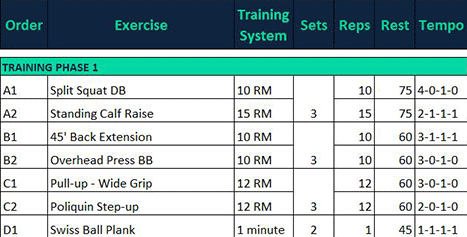
THE FITTING ROOMS
Saxon House
48 Southwark Street
London Bridge
SE1 1UN
t: 020 7403 3473
e: info@thefittingrooms.london
w: www.thefittingrooms.london













